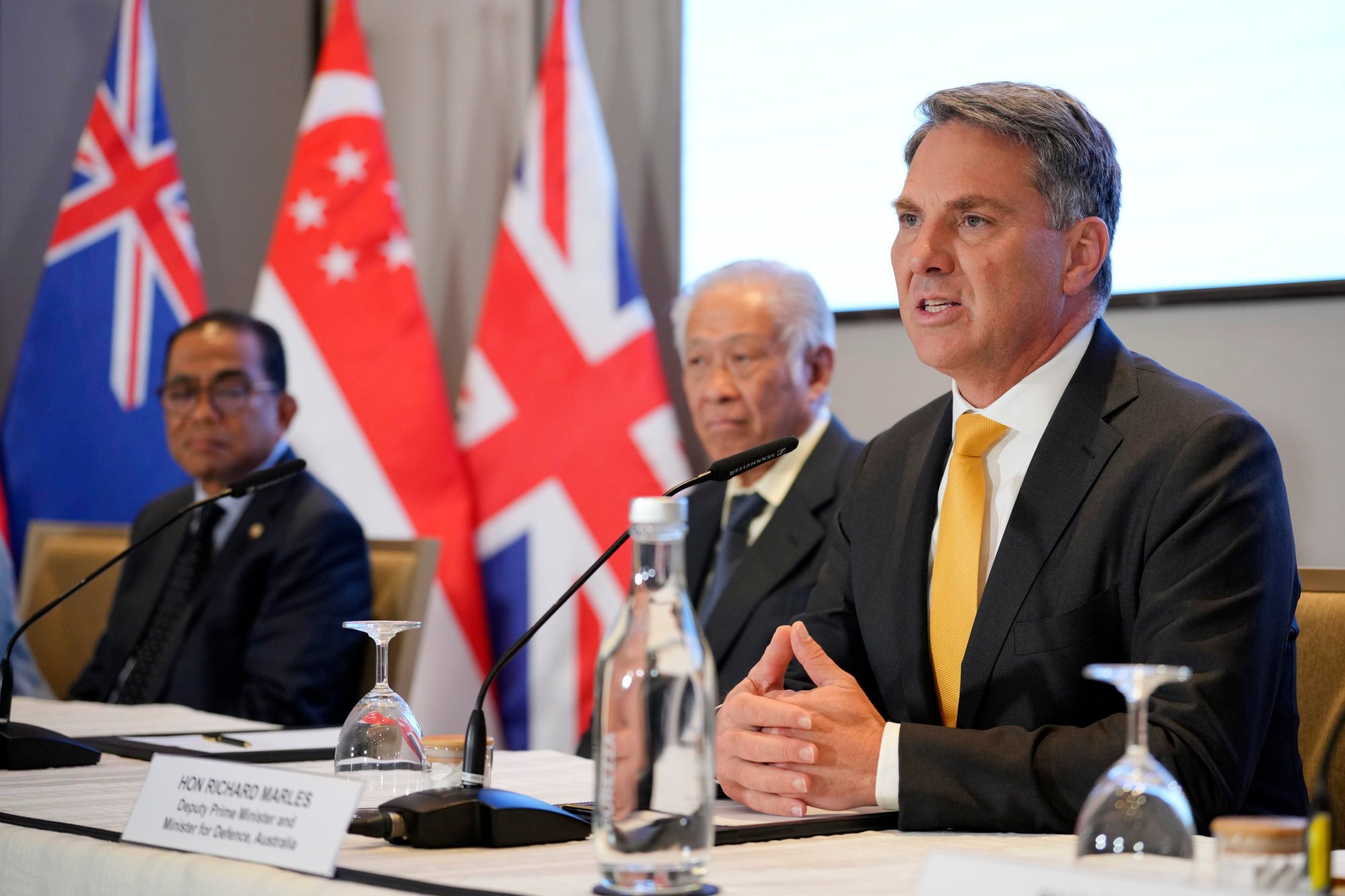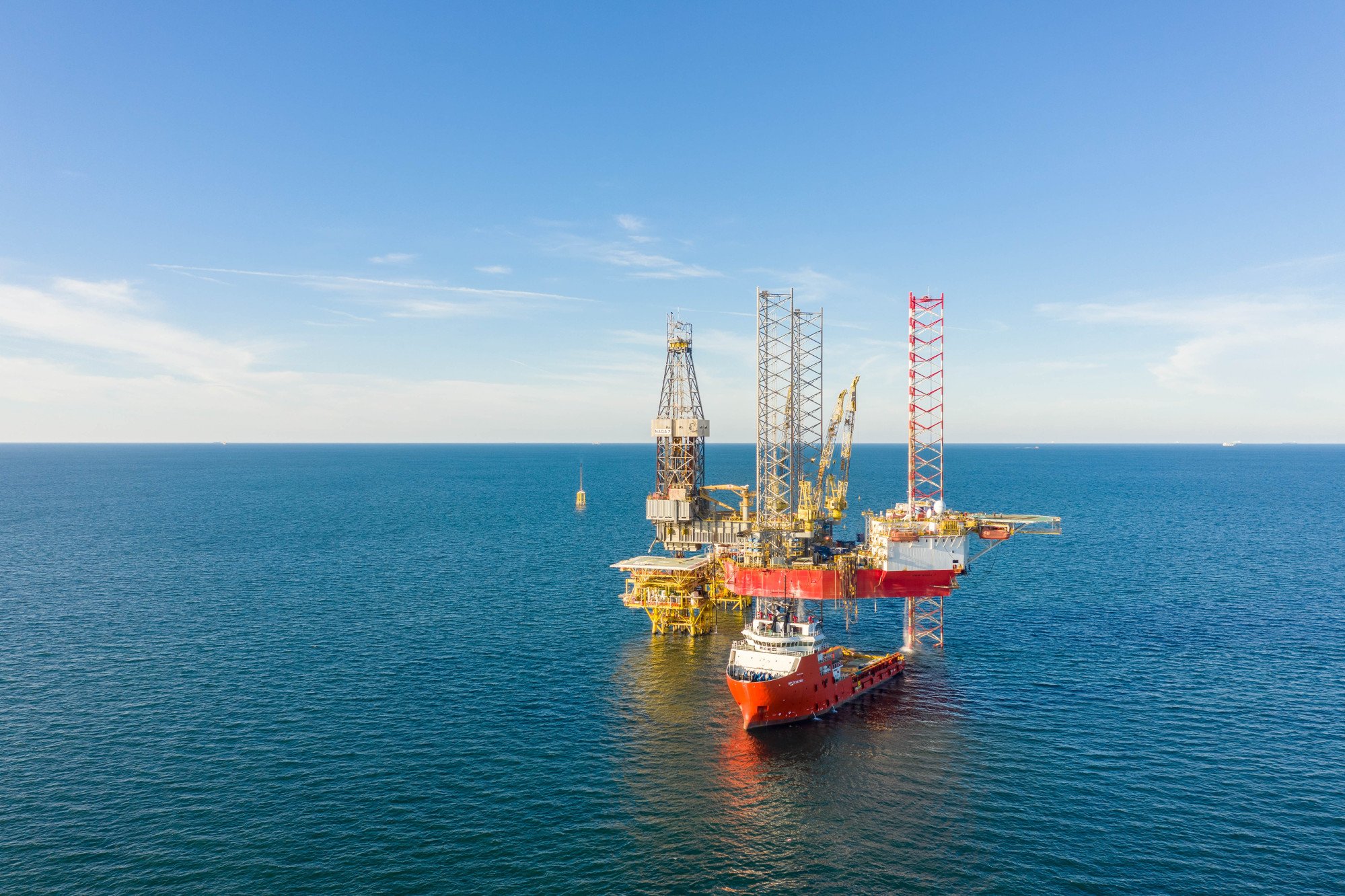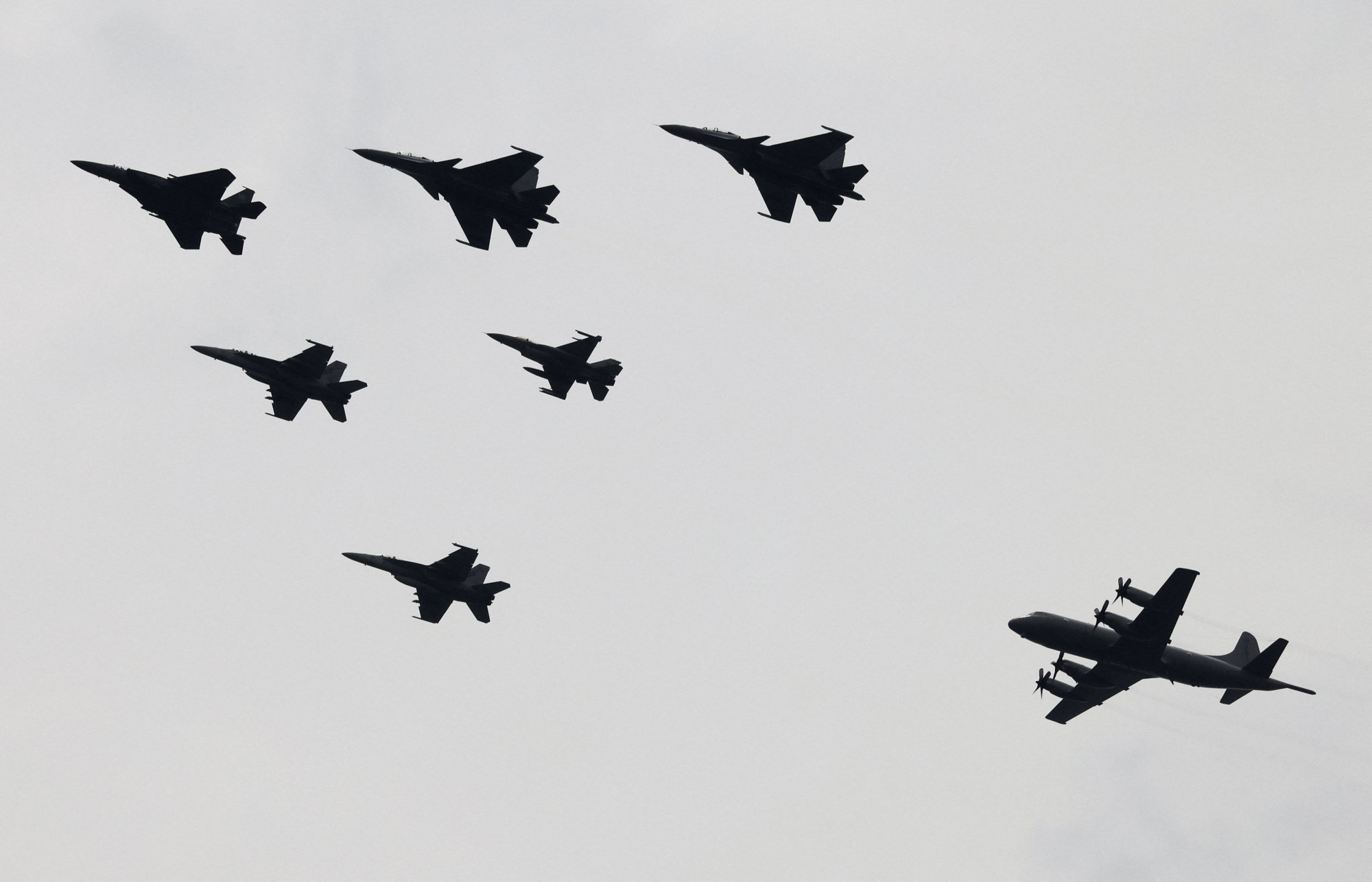They also agreed to expand into non-conventional areas of cooperation such as counterterrorism, humanitarian and disaster relief, and maritime security.
Since its formation in 1971, the FPDA has been accepted as a “net contributor” to regional security that does not target any one power, said Abdul Rahman Yaacob, a research fellow with the Southeast Asia programme at Australia’s Lowy Institute who specialises in defence and security issues.
Indeed, Australian Defence Minister Richard Marles stressed as much at a May 31 press conference with FPDA ministers in Singapore announcing this year’s more complex drills.

“This is not about China in the sense that the FPDA has been around for 53 years,” he said. “What defines the FPDA and the five countries that you’ve got in front of you … [is] our desire to work closely together.”
Lowy Institute’s Rahman said the promised deployment of advanced military assets by the FPDA’s Western members not only signalled their commitment to Southeast Asia’s security, but also their support for the development of Malaysia’s defence capabilities, in particular.
“The military exercises and interactions with Western forces allow the Malaysian military to learn new tactical and operational strategies from more advanced and experienced partners,” he said.
“The deployment and development of Malaysian military forces and infrastructure in East Malaysia reflect such concerns,” Rahman said. “The Malaysian submarine unit, for example, is based in Sabah, which faces the South China Sea.”

Incursions by Chinese vessels into Malaysia’s territorial waters have increased, especially following the discovery of significant new oil and gas reserves last year, but these have prompted only muted official responses from Putrajaya.
Yet Malaysia is expected to continue pursuing a policy of strategic ambiguity in the disputed waterway, according to James Chin, professor of Asian studies at the University of Tasmania.
“Everybody understands that China is a rising power, there is no need to antagonise it, what you want to do is lock China in with a set of rules or a set of protocols, that is the way to deal with a rising power rather than outright confrontation,” Chin said, adding the involvement of Malaysia’s military in the FPDA would not lead to it “being more aggressive with China”.

Though Putrajaya has been reluctant to call out China’s behaviour, acting through multilateral institutions like the FPDA could provide it with an opportunity to signal its concerns “or potentially as a mode of hedging and building Malaysia’s defence capability with the assistance of a range of partners”, said David M. Andrews, senior policy adviser at the Australian National University’s National Security College.
He said the agreement’s core purpose has always been the defence of Malaysia and Singapore, but since 2003 it has gradually grown to incorporate a range of other security challenges, from piracy and people smuggling to terrorism and disaster relief.
“The key point is that any evolution of the FPDA scope or programme of exercises would not take place unless Malaysia and Singapore were supportive of it,” Andrews said.
“This unity of purpose among the five members is reflected in the name of several of the key exercises: Bersama, meaning ‘Together’.”
Any evolution of the FPDA scope or programme of exercises would not take place unless Malaysia and Singapore were supportive of it
Traditionally held in October, the drills focus on combined joint operations with training designed to strengthen interoperability and professional relationships.
In his comments at the joint press conference on May 31, Singapore’s Defence Minister Ng Eng Hen described the FPDA as “the grandmother of multilateralism” and said it had “made significant progress” since its formation 53 years ago.
Over the decades, the agreement has been continually revised and modernised to keep pace with shifting needs and priorities, Andrews said.
“It [the FPDA] navigated a complex regional environment and occasionally tense bilateral relationships for more than 50 years while successfully evolving to meet the needs of its members,” he said.
“Together, they have sought to build this partnership at a measured and considered pace that is mutually agreeable.”

